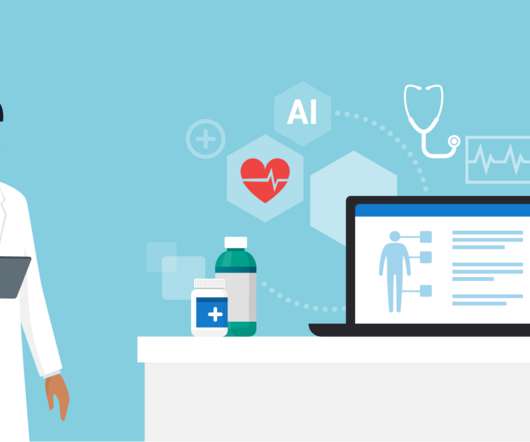Healthcare 2030: Are We Consumers, CEOs, Health Citizens, or Castaways? 4 Scenarios On the Future of Health Care and Who We Are – Part 2
Health Populi
APRIL 16, 2024
The stories: 4 future health care worlds for 2030 My goal for this post and for the AHIP panel is to brainstorm what the person’s health care experience would be in each of these four worlds. looking far enough in the future from now to 2030, recognizing that we will have had two U.S. Telehealth happens across the U.S.














Let's personalize your content